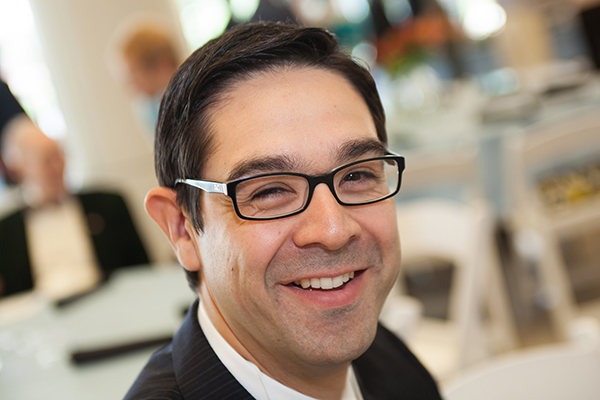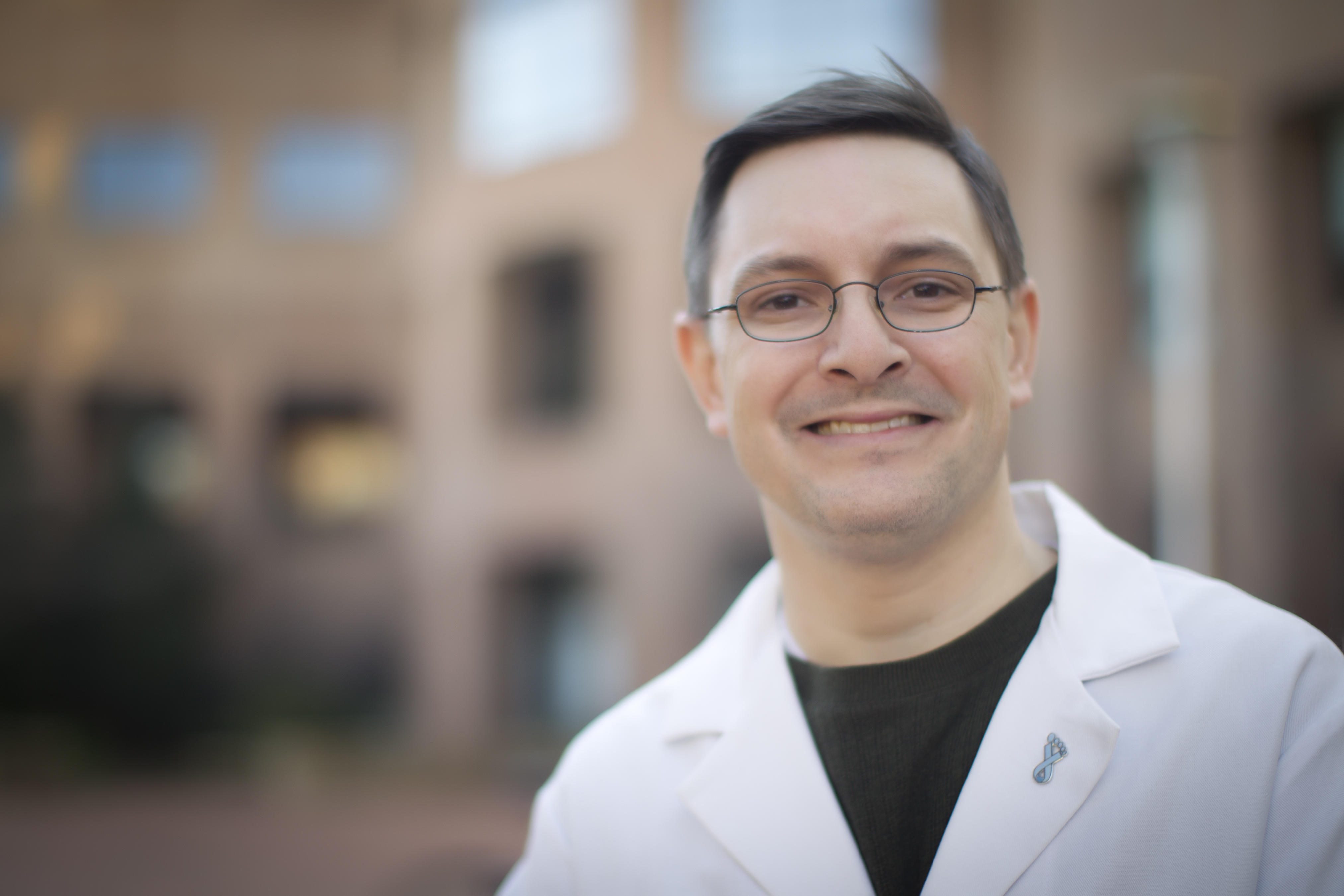A study led by UNC Lineberger member Shawn Hingtgen, PhD, has determined that removing a glioblastoma tumor from the brain causes any cancer left behind to grow much faster than the original tumor did. The findings from the Neuro-Oncology paper illustrate the effect of surgery on the brain and tumor and the need to rethink how to treat the disease differently after the surgery.


Researchers at the University of North Carolina at Chapel Hill have found that removing a glioblastoma tumor from the brain causes any cancer left behind to grow 75 percent faster than the original tumor did, which helps to explain why this cancer is so lethal.
“A glioblastoma is fundamentally a different disease before and after surgery,” said UNC Lineberger Comprehensive Cancer Center member Shawn Hingtgen, PhD, who led the work at the UNC Eshelman School of Pharmacy. “The process of removing the tumor speeds up the cancer such that we have to rethink of how to treat the disease differently after the surgery.”
The work, which was published in the journal Neuro-Oncology, will allow researchers to understand the effect of surgery on the brain and tumor, potentially leading to new therapeutic targets that will tailor postoperative treatment to the new disease.
“Drugs are developed against large, solid tumors, but they’re actually used to treat the residual disease: the two things are not the same,” said Ryan Miller, MD, PhD, a neuropathologist at the UNC School of Medicine and member of UNC Lineberger.
Glioblastomas are deadly because they diffusely invade the brain. Surgery is the standard of care, but unlike tumors elsewhere in the body, surgeons can’t cut it all out. Tendrils of the original tumor embed themselves throughout the brain and the tumor begins to regrow. The problem is that not much is known about what happens to the tumor’s remnants and the brain after surgery, raising new questions about how to treat a glioblastoma after removing it.
Researchers led by Hingtgen are working to perfect a stem-cell treatment that can hunt down and kill the cancer cells that are inevitably left behind when a brain tumor is surgically removed.
To test their treatment, they had to develop a mouse model of the brain after surgery. “Testing them in a model that contains a solid tumor is not accurate in many ways,” said Hingtgen.
Developing the new model fell to Onyi Okolie, a graduate student working in Hingtgen’s laboratory. A tumor is implanted and allowed to grow in the mouse to the point where a patient would start experiencing symptoms, such as headache, seizures or an altered mental state. Okolie then removes about 90 percent of the tumor, which is comparable to what surgeons are able to remove in human patients.
The trauma of surgery causes astrocytes, star-shaped glial cells, to secrete chemicals. The team found that these signals reach the cancer cells and spur them into action.
“The remaining cancer cells multiply and they move, both of which are not good,” Hingtgen said. The regrowth rate was significantly increased compared to the growth rate of the preoperative tumor. The tumor was now more aggressive such that the cancer cells began moving and growing approximately 75 percent faster than they did before the tumor was removed.”
“In cancer, we always ask is it the seed or the soil?” Miller said. “A seed can go bad and turn cancerous, or the soil can turn a bad seed worse. Surgery changes the soil and makes the bad seed much more aggressive.”
